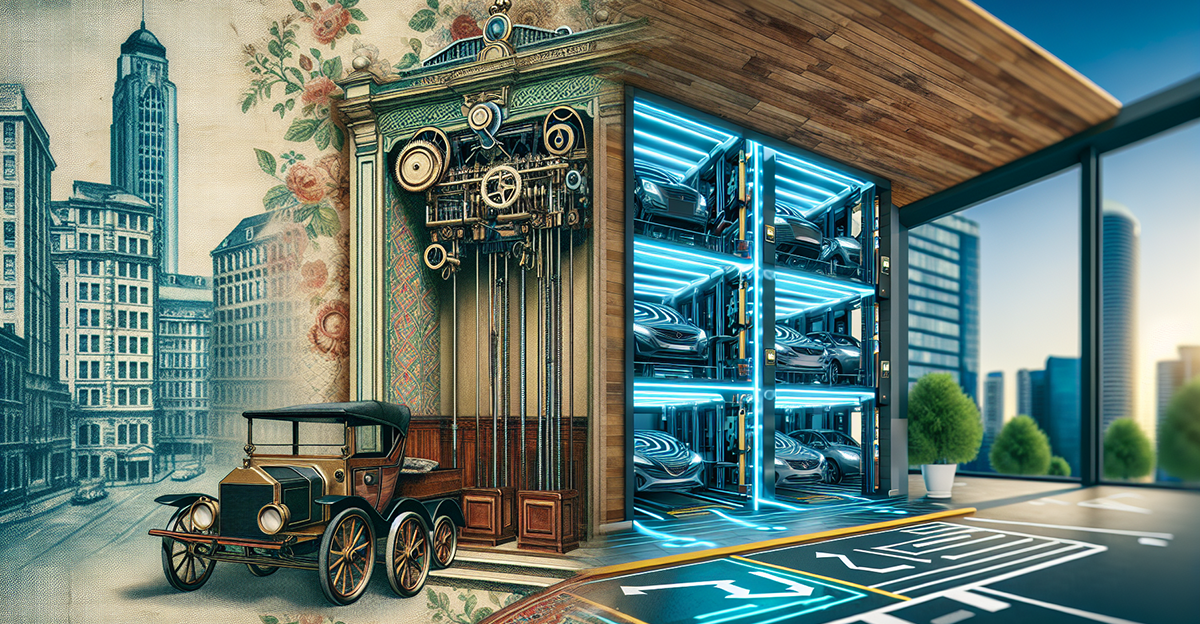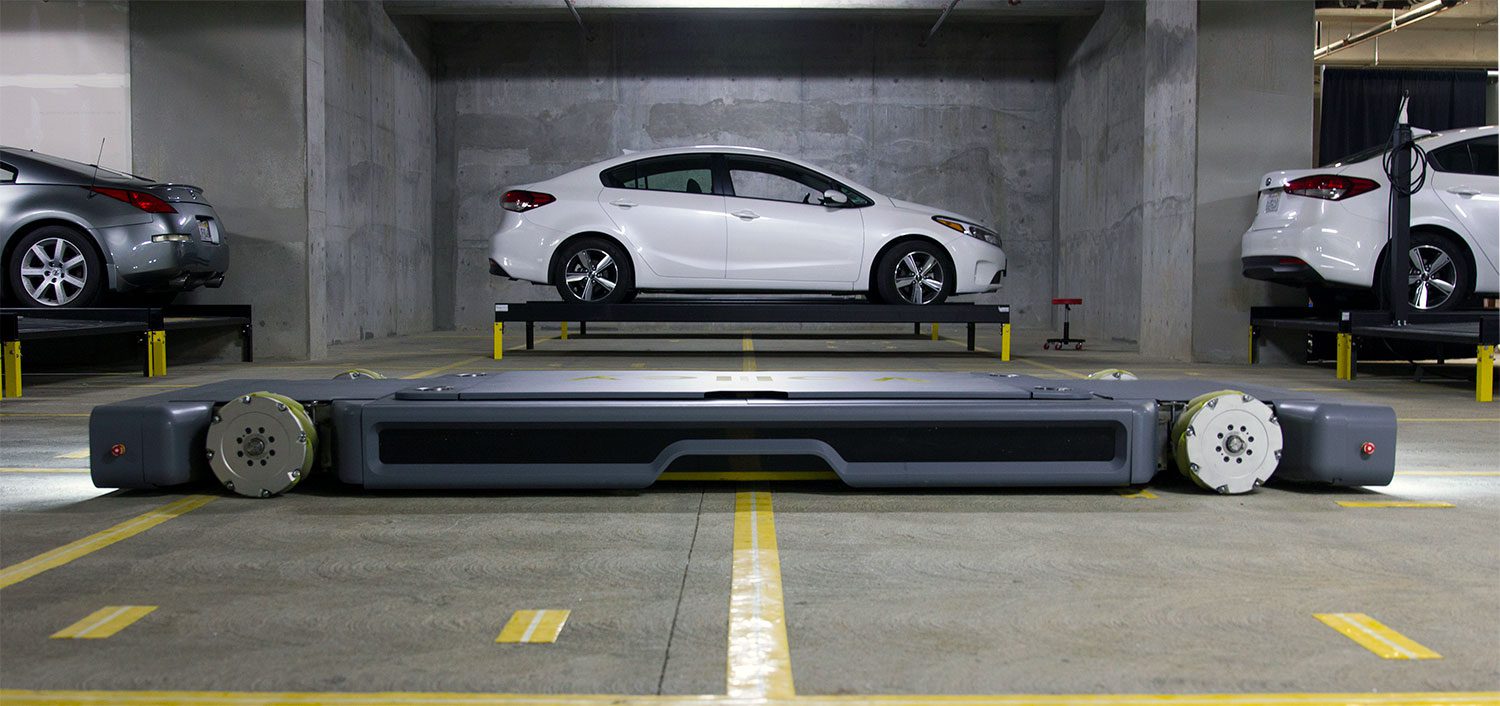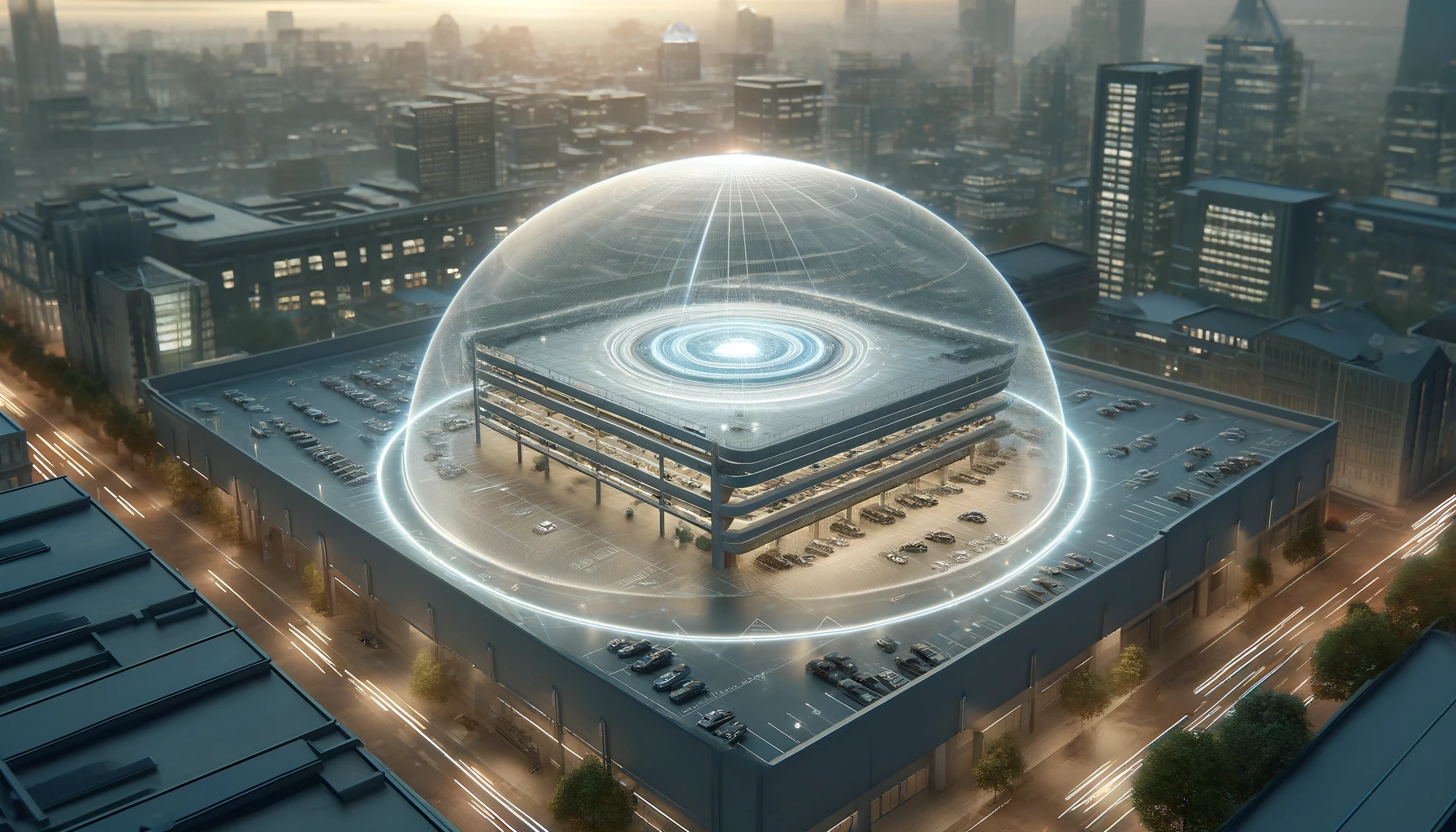
How Elevators Revolutionized Buildings—and Why Automated Parking is Next
At the dawn of the skyscraper era, elevators were more than just a convenience; they were a necessity. Before the 19th century, buildings were typically limited to five or six stories, dictated by the challenge of climbing endless flights of stairs. With the invention of the safety elevator by Elisha Otis in 1853, this limitation was shattered, unlocking the vertical potential of cities. Suddenly, it was possible to live and work high above the street level, leading to the construction of skyscrapers and dense urban landscapes that characterize modern cities today.
Elevators didn’t just alter the skyline—they changed how we think about space, efficiency, and convenience. Initially met with skepticism, elevators took time to be accepted by the public, but today, they are a non-negotiable part of any multi-story building. This shift is an instructive lesson for today’s urban planners and developers as we stand on the edge of another infrastructural revolution: automated parking systems.
Automated parking systems, like those being developed by Volley Automation, have the potential to reshape how we think about parking in the same way elevators reshaped how we think about height. As cities continue to grow, these systems offer a forward-thinking solution to one of the most pressing issues in urban design—how to manage space efficiently.
A Parallel Path: From Elevators to Automated Parking
Much like elevators in their early days, automated parking systems are a relatively new and unfamiliar concept for many people. But the parallels are striking. Early elevators were mechanical marvels, and while they offered clear advantages, people initially feared their safety, questioned their efficiency, and were slow to trust the new technology. Yet, as elevator technology improved and became more reliable, it rapidly spread through urban landscapes, transforming buildings (and skylines) forever.
Today, automated parking systems face a similar trajectory. At their core, they use advanced robotics and software to do something that was once entirely manual: park cars. Instead of endless rows of comfortably-spaced vehicles taking up valuable real estate, automated parking can densify the garage, much in the way that elevators take less space than stairs, allowing for high-density high-throughput parking in smaller footprints. This shift mirrors the way elevators enabled buildings to expand upward, maximizing space in crowded urban environments.
Just as elevators became essential for the vertical expansion of cities, automated parking systems will become indispensable for the efficient use of horizontal space in the dense urban centers of the future.
The Untapped Potential of Automated Parking Systems
Automated parking systems have the potential to solve some of the most pressing challenges of modern urban development. Traditional parking garages are space-hungry and inefficient. They consume valuable real estate that could be better used for housing, retail, or green spaces. Automated systems, however, compact cars into highly efficient storage units, often underground or in less accessible areas, freeing up prime real estate for more productive uses.
These systems also offer substantial benefits beyond space-saving. They improve safety by eliminating people from the garage entirely: there’s no need to drive and park in tight, dangerous spaces. Instead, robotic systems park cars with precision, reducing the risk of dings, scratches, and accidents. Even better, nobody needs to step foot in the garage itself, eliminating opportunity for injury and crime. By eliminating the need for traditional ramps and large driving lanes, automated parking facilities can also cut down on the use of steel and concrete, making them a more sustainable option that aligns with the goals of Net Zero and LEED certifications.
The Future of Automated Parking—A Seamless Part of Urban Life
Just as elevators are now an invisible, seamless part of daily life, automated parking systems will become a natural component of modern buildings. Imagine driving into a parking garage, stepping out of your car, and watching as it is whisked away by a robotic system to a perfectly optimized storage location—all while you go about your day. No searching for spots, no tight turns, no need for expansive, unsightly parking structures.
This isn’t science fiction. Companies like Volley Automation are already developing these systems, integrating them with building management platforms that control everything from security to HVAC. The ultimate vision is a fully automated, energy-efficient building where parking is just another service, as automatic and essential as an elevator.
Moreover, automated parking systems align with the future of mobility. As cities plan for a future with electric vehicles, automated parking systems can incorporate EV charging infrastructure, streamlining both parking and charging into a single process. This synergy of technology, sustainability, and urban design makes automated parking systems an ideal solution for developers looking to future-proof their buildings.
Building for Tomorrow, Learning from the Past
The history of elevators offers a glimpse into the future of automated parking systems. Initially seen as a luxury, elevators are now an essential feature of modern buildings—just as automated parking systems are poised to become in the near future. The lessons learned from the adoption of elevators should encourage us to embrace this new wave of technology with optimism.
Automated parking is more than a convenience. It’s the next step in efficient urban design, and its widespread adoption could fundamentally alter how we think about parking, space, and sustainability in the same way elevators transformed our cities over a century ago. Volley Automation is leading the charge, helping to shape a safer, more efficient, and environmentally friendly future for urban infrastructure.






